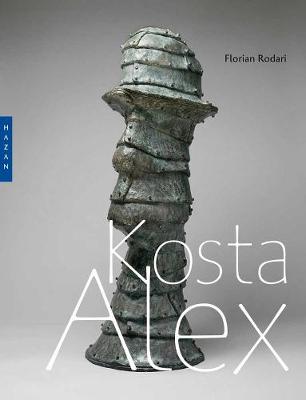Editions Hazan (Yale)
1 total work
The Greek-American artist Kosta Alex (1925-2005) initially trained in figure sculpture in Manhattan. In 1947 he moved to Paris, where he mingled with and exhibited alongside the avant-garde artists of his day. His interest in the flattening of forms led him to create his first series of decoupage-collages in about 1950. Like many other artists of the time, he was drawn to using humble, utilitarian materials such as corrugated cardboard, packaging, newspapers, magazines, wallpaper, timetables, lists, maps, and other scraps culled from daily urban life. He integrated these elements into his art in an often poetic and humorous manner, using screws, nuts, staples, rope, string, and glue to connect them into a cohesive whole.
Alex also drew inspiration from classical sculpture, primitive art, and Islamic art, and employed repetitive themes and rhythmic arrangements in his compositions. In the late 1960s and early 1970s he produced groundbreaking collage-reliefs in expanded polystyrene, which Man Ray praised for breaking "the two-dimensional barrier." Handsomely illustrated, Kosta Alex is the first monograph on this intriguing artist.
Distributed for Editions Hazan, Paris
